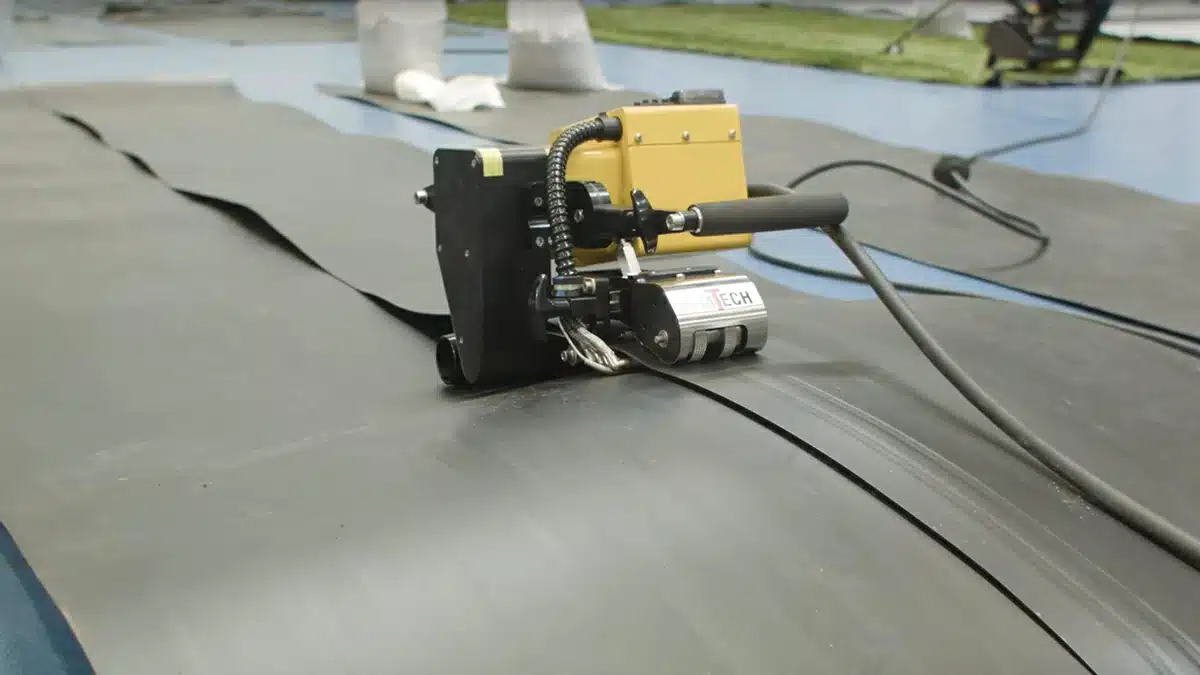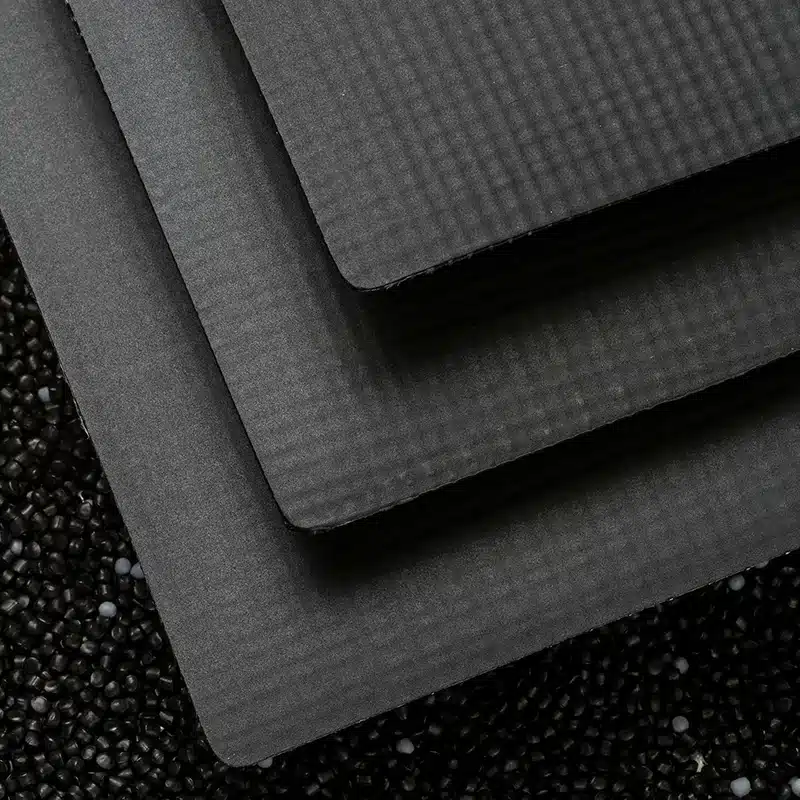+86-159 9860 6917
info@geofantex.com
geofantex@gmail.com
+86-400-8266163-44899
Geomembranes have become an essential component in modern environmental, geotechnical, and hydraulic engineering projects. Acting as impermeable barriers designed to manage liquid or gas migration in a myriad of applications such as landfill liners, pond liners, and in mining operations, the durability of geomembranes is a subject of crucial importance. This article aims to shed light on how durable geomembranes are, exploring their lifespan, resistance to various environmental conditions, installation factors affecting durability, and advancements in technology that enhance their longevity.
What factors influence the durability of geomembranes?
The durability of geomembranes is influenced by several factors including the type of material used (e.g., HDPE, LDPE, PVC, or EPDM), the chemical properties of the contained substance, UV radiation exposure, thermal conditions, mechanical stresses, and the quality of installation. Materials like HDPE are known for their excellent chemical resistance and strength, making them suitable for harsh environments. However, exposure to UV light can degrade certain materials over time, while improper installation can lead to mechanical failures such as tears or punctures.

How long do geomembranes typically last?
The lifespan of a geomembrane depends significantly on its environment and usage. Under ideal conditions, high-quality HDPE geomembranes can last upwards of 20 years, and with proper maintenance and minimal exposure to harsh conditions, some geomembranes can even reach a service life of 50 years or more. The key to maximizing a geomembrane’s lifespan lies in selecting the right material for the specific application and ensuring a high standard of installation.
Can geomembranes resist harsh environmental conditions?
Yes, geomembranes are specifically designed to withstand harsh environmental conditions. They are resistant to a wide range of chemicals, which makes them ideal for applications involving toxic waste containment. Additionally, modern geomembranes are treated to be UV resistant, ensuring they maintain their integrity even with prolonged exposure to sunlight. Furthermore, they can withstand extreme temperatures, both hot and cold, without compromising their impermeability or structural integrity.
Are there any recent advancements in geomembrane technology?
Recent advancements in geomembrane technology focus on enhancing their durability, flexibility, and environmental resistance. Innovations include the development of more UV-resistant materials, the incorporation of nanoparticles to improve mechanical and chemical resistance, and the use of multi-layered composite systems that offer superior performance in specific applications. Additionally, there is an ongoing effort to create more eco-friendly options, including geomembranes made from recycled materials or designed to be biodegradable after their useful life.
The durability of geomembranes is a testament to the advances in material science and engineering. By understanding the factors that influence their longevity, selecting the appropriate type for each application, and staying informed on the latest technological advancements, it’s possible to utilize geomembranes in a way that maximizes their effectiveness and lifespan. Whether for environmental protection, water conservation, or in the mining industry, the role of geomembranes is undeniably critical, and their durability is at the heart of their success.



Get Free Sample
We’ll respond as soon as possible(within 12 hours)






















